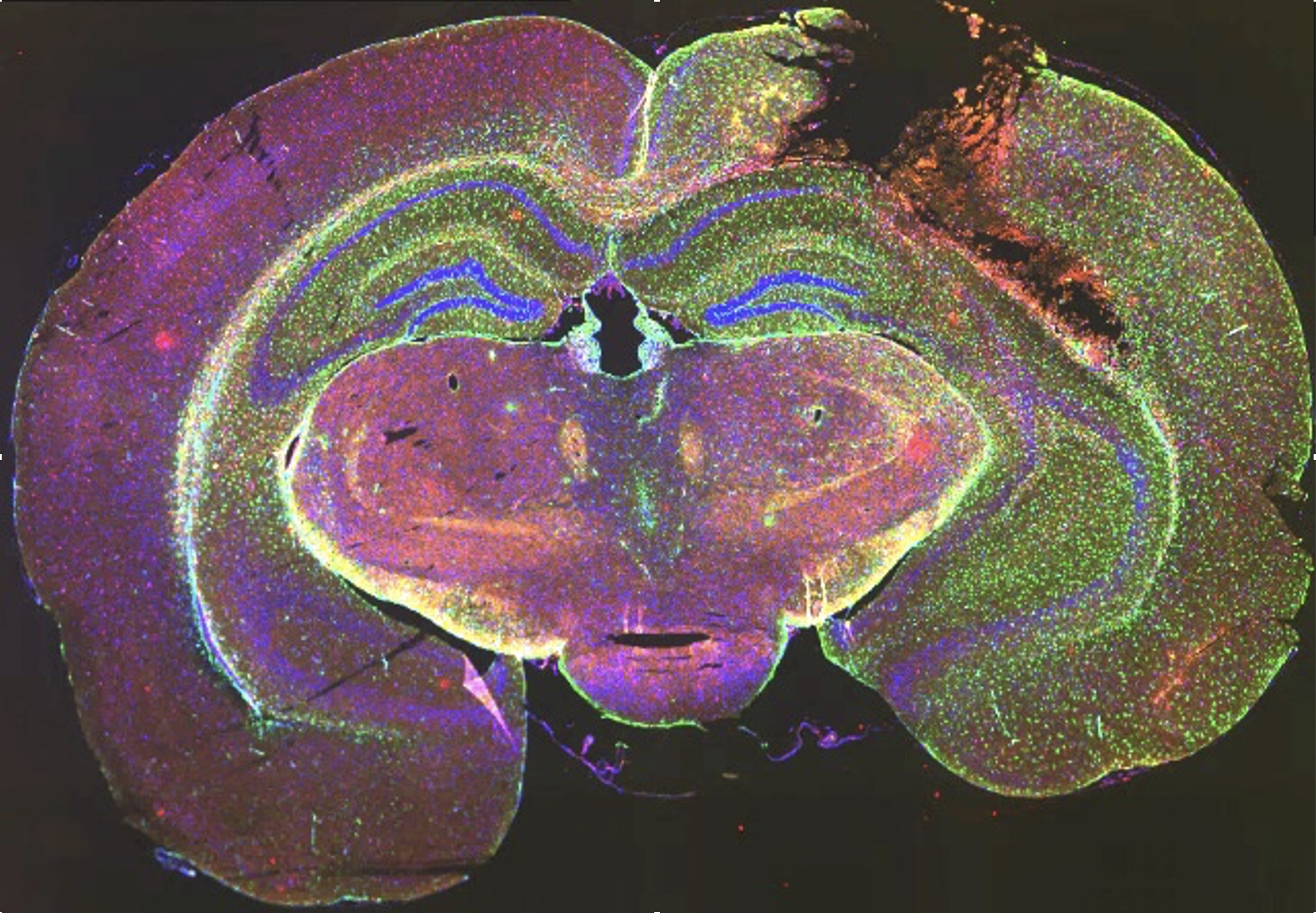
C06: Enhancing recovery after traumatic brain injury by genetic and phar- macological modulation of the PTEN/Akt pathway
PI: B. Knöll
The PTEN/Akt/mTOR pathway is a major pathway stimulating cell growth including neurons. In this pathway, the PTEN tumor suppressor gene acts as a growth brake in cells. This brake is released by genetic or pharmacological PTEN inhibition resulting in strong cell growth including axonal growth after injury. In rodent models of spinal cord injury, PTEN inhibition is a strong stimulator of post-injury recovery and regeneration. In agreement with PTEN inhibition in central axon regeneration, our previous work demonstrates a novel stimulatory function of PTEN inhibition also in peripheral nerve regeneration of the facial nerve. In contrast to spinal cord injury, so far, the PTEN/Akt/mTOR pathway has not been elucidated into great detail in rodent models of traumatic brain injury (TBI). In the new project we employ our routine mouse TBI model and established read-outs (gene expression, histology, behavior, MRI) to analyze forebrain-specific PTEN deficient mice. Since PTEN restricts axon growth in wildtype mice we expect better axonal regeneration and recovery after TBI in Pten mutant mice. Complementary to genetic PTEN inhibition, we use a pharmacological approach of PTEN interference. Here, several established pharmacological inhibitors and agonists of PTEN, Akt or mTOR will be employed to achieve enhanced recovery after TBI in the rodent TBI model. In this translational approach, pharmacological compounds will be delivered by two routes: i) systemic delivery via e.g., intraperitoneal injection, and ii) local administration into the BI lesion site of the injured cortex. Comparing both administration routes in a rodent model might be important for further translational approaches, since systemic inhibition of a tumor suppressor gene might stimulate uncontrolled cell proliferation in peripheral organs whereas local PTEN inhibition in the lesion site might minimize this risk. Finally, we will receive brain and blood samples from human TBI patients where we test localization and potential changes of PTEN/Akt/mTOR signaling components in human cell types after TBI.
Principle investigator
- Prof. Dr. Bernd Knöll
- Institut für Physiologische Chemie
- Universität Ulm
- Albert-Einstein-Allee 11
- 89081 Ulm
- Tel.: +49 731 500 33839
- Fax: +49 731 500 22892
- bernd.knoell(at)uni-ulm.de

